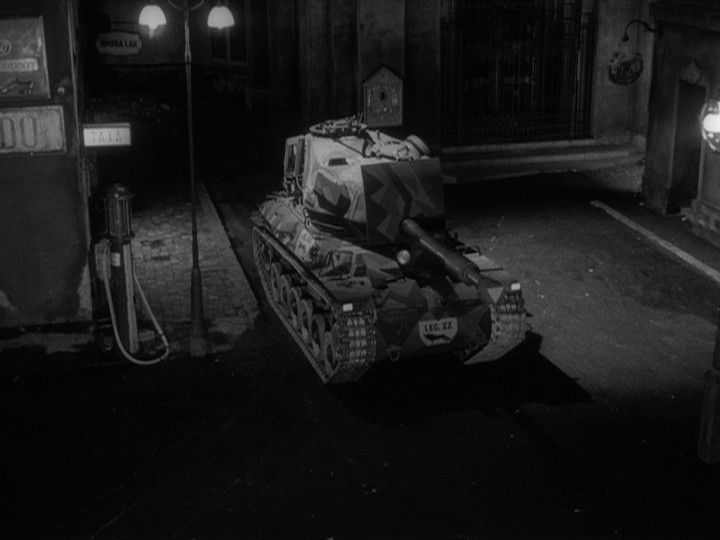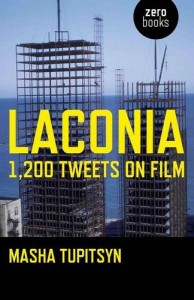Some movie news plus videos to look at
1. Peter Greenaway and Jean-Luc Godard have made a 3D omnibus film (along with one Edgar Pêra). The 2D trailer is here, and you can find information online: CinemaScope / Fandor / The Hollywood Reporter / Mubi / Variety.
2. Guy Maddin is planning a moving-picture adaptation of Sparks’s radio drama / concept album / opera-thingy The Seduction of Ingmar Bergman.
3. A lot of people don’t know that David Lynch once made a video for Sparks, but you’re not one of them:
And this is also relevant.
4. While we’re all here, we might as well look at this.
5. As well as this. Pretty well-done, no?
25 Points: Susan Sontag’s “Against Interpretation”

“The Silence” (still), directed by Ingmar Bergman (1963)
[Update: I posted a follow-up to this post, here.]
1.
Susan Sontag’s seminal mid-60s essay has come up several times at this site. I’ve been busy rereading it since Xmas, and want to take this chance to set down some thoughts regarding it.
2.
Obviously, whatever interpretation is, Sontag seems against it.
3.
What, then, does Sontag mean by “interpretation”? Does she mean any and all interpretation, as my fellow contributor Chris Higgs recently argued? Or something else, something more specific?


